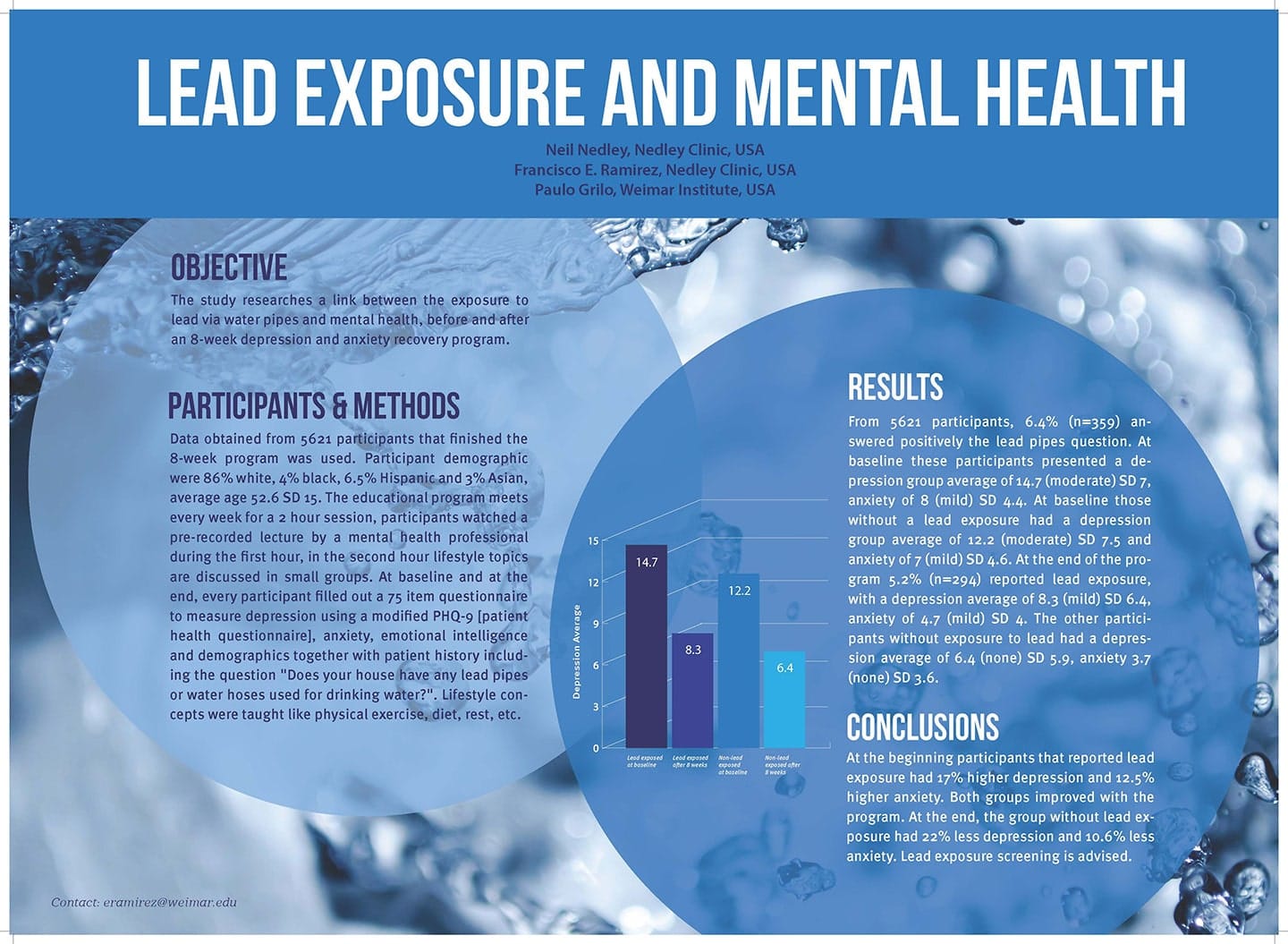A groundbreaking study published in the journal Environmental Health Perspectives has revealed a troubling connection between lead exposure and a hidden mental health crisis in the United States. The research indicates that even low levels of lead exposure, often found in older homes, contaminated water supplies, and industrial areas, can significantly impact cognitive function and mental well-being, particularly in children.
Lead, a toxic metal historically used in paints, plumbing, and gasoline, has long been known to cause physical health problems. However, this study sheds light on its psychological ramifications, suggesting that lead exposure is linked to increased rates of anxiety, depression, and behavioral disorders. Researchers analyzed data from over 100,000 individuals, correlating blood lead levels with mental health assessments.
The findings are particularly concerning for vulnerable populations, including children and low-income communities, where lead exposure is often more prevalent. According to the Centers for Disease Control and Prevention (CDC), nearly 3.6 million households in the U.S. have children living in environments with lead exposure risks. The study’s authors argue that the mental health consequences of lead exposure are often overlooked, leading to a lack of appropriate public health responses.
Dr. Emily Thompson, the lead researcher, stated, “Our findings highlight the urgent need for comprehensive screening and intervention strategies to address lead exposure, especially in areas with known contamination. Mental health services must also consider environmental factors that contribute to psychological distress.”
The implications of this research are profound. The economic burden of untreated mental health issues is staggering, costing the U.S. economy over $200 billion annually. By addressing lead exposure as a public health priority, policymakers could not only improve mental health outcomes but also reduce long-term healthcare costs.
In response to the study, several health organizations are calling for increased funding for lead remediation programs and mental health services. Initiatives aimed at educating communities about lead risks and providing resources for testing and treatment are essential steps in combating this hidden crisis.
As awareness grows, it is crucial for families, especially those living in older homes or near industrial sites, to be informed about the dangers of lead exposure. Simple measures, such as regular testing of water and soil, can help mitigate risks and protect mental health.
In conclusion, the connection between lead exposure and mental health issues underscores the need for a multi-faceted approach to public health. By prioritizing environmental safety and mental health care, the U.S. can work towards alleviating this hidden crisis and fostering healthier communities for future generations.



